フリースタイルスキー と パークスキー は似ているように見えますが、異なる滑り方のために作られています。簡単な違いは次の通りです:
- フリースタイルスキー:トリックやジャンプ、さまざまな地形での滑走に最適。安定性のために長めで、汎用性を高めるためにバインディングがやや後ろに取り付けられていることが多いです。
- パークスキー:地形パーク専用に設計。短くて頑丈で、レール、ジャンプ、高衝撃の着地に対応できるよう作られています。トリック中のバランスを保つために、通常は真ん中にバインディングが取り付けられています。
- Snowfeet:スキーのコンパクトな代替品。これらのミニスキー Skiskates は持ち運びが簡単で、通常のブーツで使え、初心者にも優しく、経験者にも楽しい体験を提供します。
クイック比較
| 特徴 | フリースタイルスキー | パークスキー | Snowfeet 製品 |
|---|---|---|---|
| 長さ | 150~170 cm | 140~160 cm | 38~120 cm |
| 重量 | 重め | 中程度 | 軽量 |
| 価格 | $400~$800 | $350~$700 | $150–$690 |
| 学習曲線 | 時間がかかる | フリースタイルに似ている | 持ち上げやすい |
| 携帯性 | かさばる | かさばる | バックパックに収まる |
| フットウェア | スキーブーツが必要 | スキーブーツが必要 | 通常のブーツで使用可能 |
もしあなたが地形パークに夢中なら、パークスキーが最適です。トリックとオールマウンテンの楽しみを両立したいなら、フリースタイルスキーがおすすめ。もっと携帯性が高く、ギアが少ないものが欲しいなら、Snowfeetがスキーの楽しい新しいスタイルを提供します。
The FIVE 2023 Men’s Freestyle/Park Skis 厳選 Experts Love | Curated
デザインと構造の違い
スキーの設計方法は、その性能に大きな影響を与えます。これらの違いを知ることで、自分のスタイルや地形に合ったギアを選ぶのに役立ちます。
形状、長さ、フレックス
パークスキーは通常短めで、レールやボックスのような狭いフィーチャーの周りを操作しやすくなっています。一方、フリースタイルスキーは少し長めで、さまざまな地形での安定性を助けます。フレックスも大きな役割を果たします。パークスキーは、ジビングに最適な柔らかめから、高速ジャンプやしっかりした着地に向く硬めまで、さまざまなオプションがあります。
"ジャンプには、着地や高速時によりしっかりとした感触の硬めのスキー(Candide 1.0)を好みます。レールや小さなフィーチャーで遊ぶときは、少し幅広く柔らかめのスキー(Candide 2.0)を使います。" – Tim McChesney, evoCollective skier
多くのパークスキーは、足の下にキャンバーを持ち、先端とテールにわずかなロッカーを組み合わせています。このセットアップは、トリックに必要なポップを提供し、テイクオフをスムーズにします。
"私のお気に入りのパークスキープロファイルは、足の下にキャンバーがあり、先端とテールに少しロッカーがあるものです。足の下のキャンバーは、スキーがキビキビと感じられ、良いポップを持つために非常に重要です。先端とテールの少しのロッカーは、シャバ雪のジャンプでのテイクオフを助け、両端が柔らかすぎずにスキーを少し楽しくします。" – Tim McChesney, evoCollective skier
これらのデザイン要素は、ビンディングをどこに取り付けるべきかにも影響します。
ビンディングの位置
ビンディングの取り付け位置はスキーのパフォーマンスを変えます。パークスキーはしばしば「真ん中」マウントを使い、ビンディングをスキーの中央に配置します。このセットアップはスイッチスキーやトリック時のバランスに最適です。一方、フリースタイルスキーはビンディングが中央より少し後ろ、モデルによっては約2.5cm後ろに取り付けられることが多いです。この配置はパーク性能とオールマウンテン性能のバランスを取っています。
一方、オールマウンテンスキーは通常、ビンディングがテールに近い位置に取り付けられています。これにより高速やカービングターン時の安定性は向上しますが、スイッチスキーやパークトリックは難しくなります。数センチの違いでも顕著な差が出るため、パークとオールマウンテンの両方を楽しむスキーヤーは工場推奨のマウントラインから始めるのが良いでしょう。
しかし、ビンディングはパズルの一部に過ぎません。スキーに使われる素材もパフォーマンスに大きな役割を果たします。
素材と耐久性
ほとんどのフリースタイルおよびパークスキーは、ベースに超高分子量ポリエチレン(UHMWPE)、またはP-Texを使用しています。P-Texベースには焼結タイプと押出タイプの2種類があります。焼結ベースはポリエチレンペレットを熱と圧力で圧縮して作られ、ワックスをかければ速く滑り、長持ちします。ワックスの吸収が良いですが、定期的なメンテナンスと専門的な修理が必要です。押出ベースは材料を溶かして成形して作られ、遅く耐久性は劣りますが、修理が簡単でメンテナンスも少なくて済みます。
パークスキーは絶え間ない衝撃に耐えるために頑丈に作られています。強化されたスチールエッジや足元の追加保護が特徴です。これらの追加は重量を増すことがありますが、耐久性を劇的に向上させます。コア素材もスキーの目的に応じて異なります。柔らかいコアはジビングに適しており、曲げやすい一方で、硬い木製コアはジャンプ時の安定性とエッジホールドを向上させます。どちらのタイプも強度のためにガラス繊維マットとエポキシを含み、振動を減らしコントロールを改善するためにアラミドやゴムのような減衰材を加えるものもあります。
パフォーマンスと使用目的
スキーはすべてが同じサイズではなく、そのデザインは異なる条件でのパフォーマンスに直接影響します。適切なスキーを選ぶには、その強みをあなたのライディングスタイルに合わせることが重要です。
テレインパークのフリースタイルスキー
フリースタイルスキーはテレインパークを念頭に置いて作られています。力強いテイクオフ、スムーズな着地、パイプ内でのタイトなコントロールを目的としています。これらのスキーは軽量で短めであることが多く、ジャンプや空中トリックに必要な素早い操作性をライダーに提供します。
パークスキーについて知っておくべきこと
パークスキーはレール、ボックス、大きなジャンプの要求に対応するために作られています。強化された構造により、高衝撃の着地や正確なコントロールに必要な耐久性とバランスを提供します。これにより、安定性と衝撃耐性が重要な上級者向けのテレインパークの特徴に挑戦するライダーにとって、信頼できる選択肢となります。
sbb-itb-17ade95
Snowfeet*:より良い選択肢
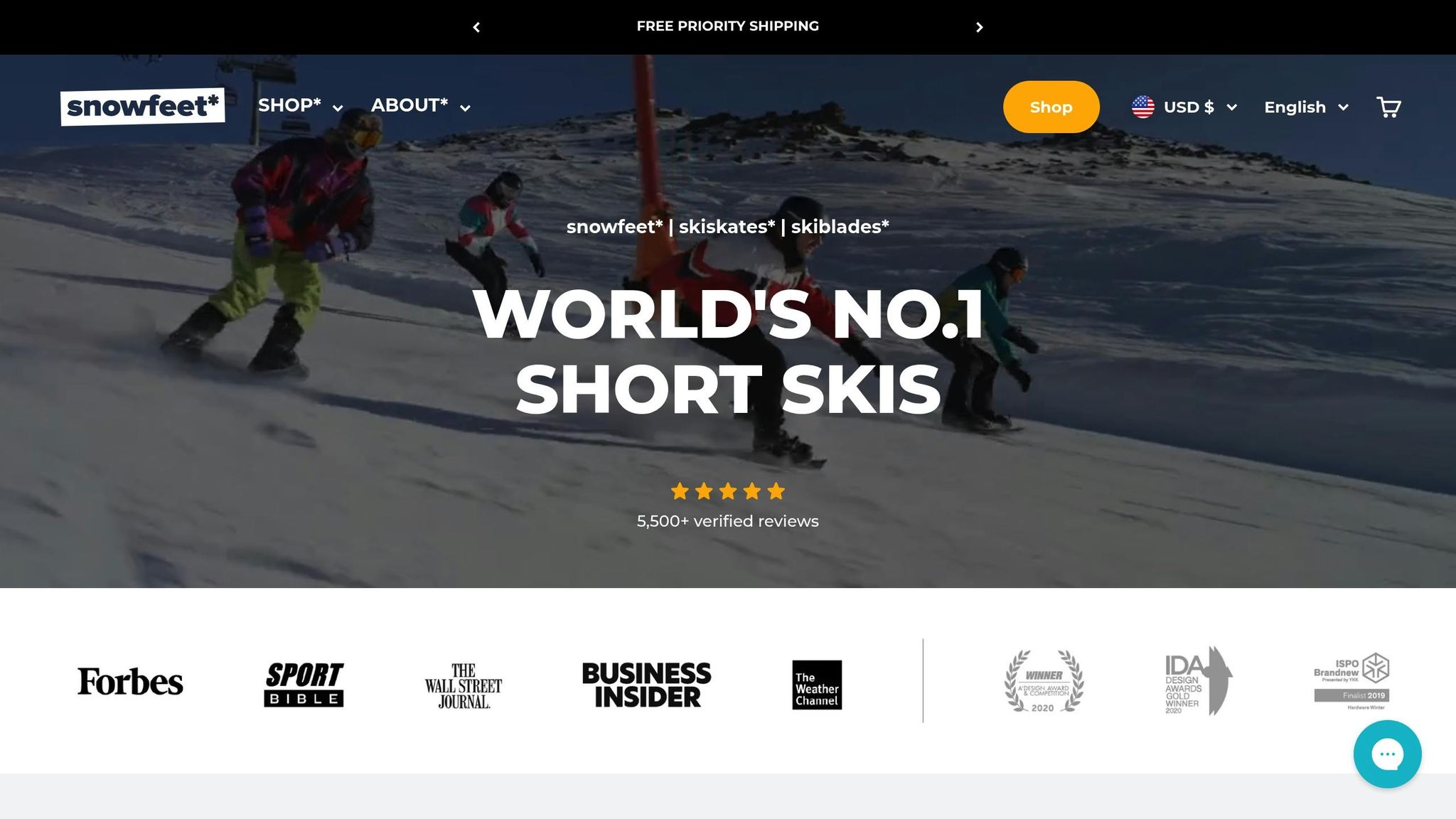
フリースタイルやパークスキーの精密さに触発され、Snowfeet*はまったく新しいものを提供します。従来のスキーにはそれぞれの強みがありますが、Snowfeet*はスキーとスケートの最高の要素を融合させ、米国のウィンタースポーツシーンを揺るがしています。
Snowfeet*のSkibladesとSkiskatesとは何か?
Snowfeet*は、Rossignol、K2、Salomonのような従来ブランドとは一線を画すショートスキー製品のラインナップを開発しました。彼らのラインナップには、通常の冬用ブーツにストラップで装着する15インチのミニスキースケート、17インチのSkiskates、そして多様なパフォーマンスニーズに応える26インチと39インチのSkibladesが含まれます。
Snowfeet*のユニークさは、スノースポーツを再発明した点にあります。彼らのSkiskatesは単なるダウンヒルスキー以上のものを可能にし、ジャンプや素早い操作、さらには雪上でのスケート動作も実現します。これは通常のフリースタイルやパークスキーでは提供できない可能性を開きます。
Snowfeet* Skiboardsはツインチップを採用しており、スノーボードにインスパイアされたトリックをしながら前後どちらの方向にも簡単に滑れます。スキーブーツ用(サイズ4.5~14.5 USに調整可能)とスノーボードブーツ用(サイズ6~14.5 US対応)のバインディングがあり、ユーザーは装備の選択肢が広がります。
Snowfeet*の主な利点
Snowfeet*は、従来のスキーでは実現できない特徴を持ち、スノースポーツに新しい視点をもたらします。コンパクトなデザインは、ゲレンデ、スノーパーク、トレイル、さらには地元のそり遊びの丘にも最適です。高価なリゾートに縛られることなく、どんな雪のある場所もあなたの遊び場になります。
携帯性も大きなメリットです。AtomicやVolklのような従来のスキーはルーフラックや慎重な梱包が必要ですが、Snowfeet*製品はバックパックに簡単に収まります。飛行機の機内持ち込み手荷物としても持ち込めますし、車のトランクに放り込んで突然の雪の冒険に出かけることもできます。
学習曲線もずっと短いです。多くのユーザーは初日からカービングターンやトリックに挑戦でき、通常のスキーでは数週間から数ヶ月かかることが多いです。中級者は従来のセットアップでは難しく感じる動きにもすぐに自信を持って挑戦できます。
そしてコストについても触れましょう。Snowfeet*製品は約150ドルで、ブーツやビンディングを含むフルスキーセットアップの600〜800ドルのほんの一部の価格です。
なぜSnowfeet*が従来のスキーに勝るのか
従来のスキーブランドは長いスキーが性能向上と考えがちですが、Snowfeet*は短いスキーでも機敏さ、コントロール、楽しさを提供できることを証明しています。フリースタイルやパークトリックに最適です。
コンパクトなサイズは、特にテレインパークでの素早い動き、鋭いターン、スピン、ジャンプを容易にします。例えば、BurtonやRossignolの160cmのフリースタイルスキーは高速で安定感がありますが、スピンや狭いスペースの操作には扱いづらいことがあります。
Skiskatesは整備された斜面やスノーパークで輝きます。その小さなサイズは、長いスキーでは再現できないスケートのような動きを可能にします。山を楽しむ全く新しい方法です。
多用途性は抜群です。Snowfeet*のスキーボードは65 cmの長さがあり、フリースタイルのトリックや機敏な動きに最適で、99 cmはカービングやパークの動き、オールマウンテンスキーに優れています。異なる条件に合わせて複数のペアが必要な従来のスキーとは異なり、Snowfeet*はほとんどの人に合うワンサイズソリューションを提供します。
従来のスキーブランドが何世紀も続くデザインの改良に注力する中、Snowfeet*は雪上スポーツを根本から再考しています。彼らのギアは単なる機能性だけでなく、人々が実際に雪を楽しみたい方法に合わせて設計されています。この現代的なアプローチにより、冬のスポーツは誰にとってもより身近で楽しく、実用的になりました。
比較表:フリースタイル vs. パーク vs. Snowfeet*
比較指標
フリースタイルスキー、パークスキー、そしてSnowfeet*の主な違いを分かりやすくまとめました。この比較で、あなたの雪の冒険に最適なギアが見つかります。
| 特徴 | フリースタイルスキー | パークスキー | Snowfeet*製品 |
|---|---|---|---|
| 長さ | 約150〜170 cm | 約140〜160 cm | 38 cmから120 cmまで |
| 重量 | 重い(1スキーあたり) | やや重い(1スキーあたり) | 超軽量(ペア)、持ち運びに最適 |
| 価格帯 | $400〜$800(バインディング別) | $350〜$700(バインディング別) | $150〜$690(フルセット) |
| 学習曲線 | 基本を習得するのに数週間かかる | フリースタイルスキーと同じくらいの学習時間 | 基本的なターンとトリックを素早く習得できるよう設計 |
| 携帯性 | ルーフラックまたはスキーバッグが必要 | フリースタイルスキーと同じ | バックパックに入るほどコンパクト |
| フットウェアの互換性 | スキーブーツが必要 | スキーブーツが必要 | 冬用シューズ、スキーブーツ、またはスノーボードブーツに対応 |
| 地形の多様性 | オールマウンテンとパークの両方に最適 | テレインパーク向けに作られています | 斜面、パーク、トレイル、さらには裏庭の丘でも使える |
| トリックの難易度 | 高度なスキルが必要 | 中級から上級のトリックに対応 | 初心者に優しいが上級トリックにも対応 |
| 収納スペース | 多くのスペースが必要 | フリースタイルスキーと同様の収納スペースが必要 | クローゼットや車のトランクに簡単に収まる |
| 旅行に便利 | 通常は預け荷物としてチェックインが必要 | フリースタイルスキーと同じ | 機内持ち込み可能で、手間や荷物料金を節約 |
Snowfeet*製品は手頃な価格と利便性で際立っています。従来のスキーはスキーブーツやルーフラックなどの追加の計画やギアが必要ですが、Snowfeet*はコンパクトで持ち運びが簡単、普通の冬用靴で使えます。これにより、通常の面倒な準備なしにスノースポーツを始めたい人に最適です。
ニーズに合ったギアの選び方
適切なギアは、あなたの優先順位、予算、そして山での使い方によって決まります。スキーは高価になりがちで、性能とコストのどちらかを選ばなければならないことが多いです。それぞれの選択肢が何をもたらすかを見てみましょう。
パークスキーは通常400ドル前後から始まり、予算が限られていると中古やエントリーモデルになることが多いです。さらに、バインディングは別料金です。例えば、Elan Playmaker 91スキーは389ドルで販売されていますが、Look Pivot 14 GWバインディングと組み合わせると合計476ドルになります。予算に優しい選択肢としては、Line Honey Badgersが新品で220ドルから400ドルの範囲です。手頃ですが、耐久性に関しては一部のユーザーから「このスキーで数シーズンのパークを楽しめればお金の価値がある」と指摘されています。
一方、Snowfeet*は150ドルから690ドルの価格帯で完全なセットアップを提供します。バインディングやスキーブーツ、手間のかかるメンテナンスは不要です。
アメリカのスキーヤーのための実際のシナリオ
価格以上に、ギアの使い方が大きな違いを生みます。VailやAspenのようなリゾートでスキーをするなら、従来のスキーは準備が大変です。かさばるギア、事前の計画、そしてしばしば高額なレンタルが必要です。一方、Snowfeet*はバックパックに収まり、普通の冬用ブーツで使え、すぐにリゾート外のエリアを探検できます。
デンバー、ソルトレイクシティ、ミネアポリスのような都市のスキーヤーにとって、Snowfeet*はゲームチェンジャーです。地元の丘や裏庭の斜面に最適。新雪が近所の公園に降ったら、数分で準備完了です。
スキー場近くの大学生、例えばコロラド大学ボルダー校やユタ大学の学生は、携帯性の良さからSnowfeet*を気に入っています。高額なレンタルや狭い寮にかさばるスキーを押し込む必要はありません。パックしておけば、雪が呼んだときにすぐ出かけられます。
子ども連れの家族にもSnowfeet*は魅力的です。高額なスキー教室に通わせる代わりに、子どもたちは遊びながら自然に基本のターンやトリックを学べます。楽しく、プレッシャーの少ない方法で自信をつけ、一緒に雪を楽しめます。
最終的なおすすめ
それぞれの選択肢は異なるニーズに応えます。簡単にまとめると:
- フリースタイルスキーは、オールマウンテンスキーを楽しみたい、フルセットの予算があり、管理も苦にならない人におすすめです。頻繁にゲレンデに行く上級者に理想的です。
- パークスキーは、すでにギアを持っている滑走公園愛好者に最適です。ただし、Line Honey Badgersのような予算モデルでも長持ちしない場合があることを覚えておいてください。
- Snowfeet*は、利便性、手頃な価格、汎用性を求めるなら最適です。初心者、何か新しいものを探している経験者、家族、手軽に雪遊びを楽しみたい人にぴったりです。
総所有コストを考慮すると、従来のスキーはバインディング、ブーツ、定期的なチューニング、専門的なウェアなど追加費用がかかることが多いです。一方、Snowfeet*はおそらく既に持っているギアと組み合わせて使え、メンテナンスも最小限で済みます。雪のスポーツ初心者や手間をかけずに最大限楽しみたい人にぴったりの選択肢です。
よくある質問
フリースタイルスキーとパークスキーのバインディング位置の違いは何で、それがパフォーマンスにどう影響しますか?
主な違いはバインディングの取り付け位置にあります。パークスキーは通常、スキーの真ん中に近い位置にバインディングが取り付けられています。このセッティングはバランスを高め、トリックやスピン、素早い方向転換をしやすくします。滑走公園を楽しむ人にとって、スムーズな離陸と着地に最適な選択です。
フリースタイルスキーは、バインディングがやや後方にセットされている傾向があります。この位置は特に大きなジャンプやパーク外での滑走時に、より安定性とコントロールをもたらします。要するに、センターバインディングは機敏さとトリック重視で、後方マウントは安定性とスムーズな着地を重視しています。
全く新しいものを求めているなら、Snowfeetのskibladesやskiskatesがクールな代替手段を提供します。コンパクトなデザインで従来のビンディングを排除し、驚異的なコントロール性、持ち運びの容易さ、そして様々な地形での楽しさを実現しています。
パークスキーが地形パークでの使用に耐久性と高性能を発揮する理由は?
パークスキーは激しい衝撃に耐えつつパフォーマンスを維持するよう設計されており、地形パークの過酷な環境に最適です。ガラス繊維強化コアと強化エッジを備え、ジャンプやレール、その他のパーク障害物の繰り返しの衝撃に耐えられます。さらに、フルサイドウォールが追加の保護層となり、擦り傷や激しい着地の衝撃に耐え、何度も使用してもスキーを良好な状態に保ちます。
この頑丈な構造は耐久性だけでなく、あらゆるトリックやスタントで安定したパフォーマンスを提供します。伝統的なパークスキーは地形パークの定番ですが、Snowfeet skiblades と skiskatesは新しいアプローチをもたらします。コンパクトで操作性が抜群、パークライディングに十分な耐久性を持ちながら、オールマウンテンの地形にも対応可能。まさに小さなパッケージに両方の良さを詰め込んだようなものです。
なぜ冬のスポーツに伝統的なフリースタイルやパークスキーではなく、Snowfeet製品を選ぶべきなのでしょうか?
Snowfeet製品は冬のスポーツに新しい風を吹き込み、伝統的なスキーやスノーボードに代わる楽しくコンパクトな選択肢を提供します。これらの便利な小型ギアは軽量で携帯性に優れ、バックパックにも簡単に収まるため、かさばる装備を持ち運ぶ必要がありません。利便性と機動性を重視する人に最適で、ゲレンデでの手間を大幅に減らします。
大きなメリットは?高価で専門的なブーツに投資する必要がありません。Snowfeetは普段の冬用ブーツやスノーボードブーツで使え、シンプルで予算に優しいのです。デザインも操作がとても簡単で、トリックやジャンプ、地形パークのクルージングに最適。さらに安全でリラックスした体験を提供し、初心者や雪上で楽しく過ごしたい人にぴったりの選択肢です。
冬のスポーツ初心者でもベテランスキーヤーでも、Snowfeetは実用性、耐久性、そして純粋な楽しさを兼ね備え、従来のギアとは一線を画します。







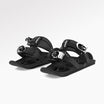

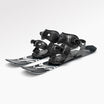
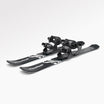

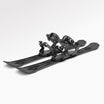

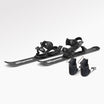






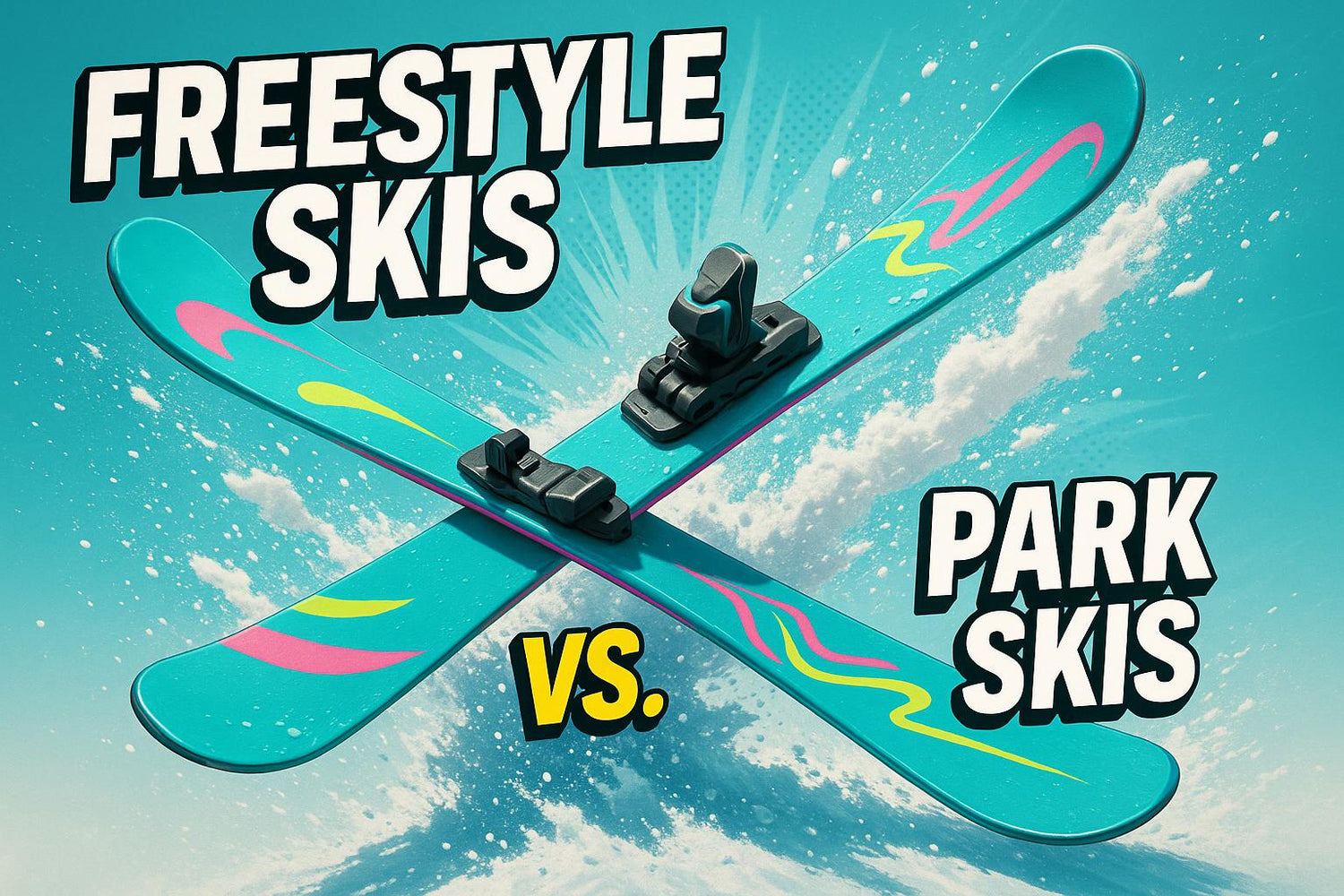
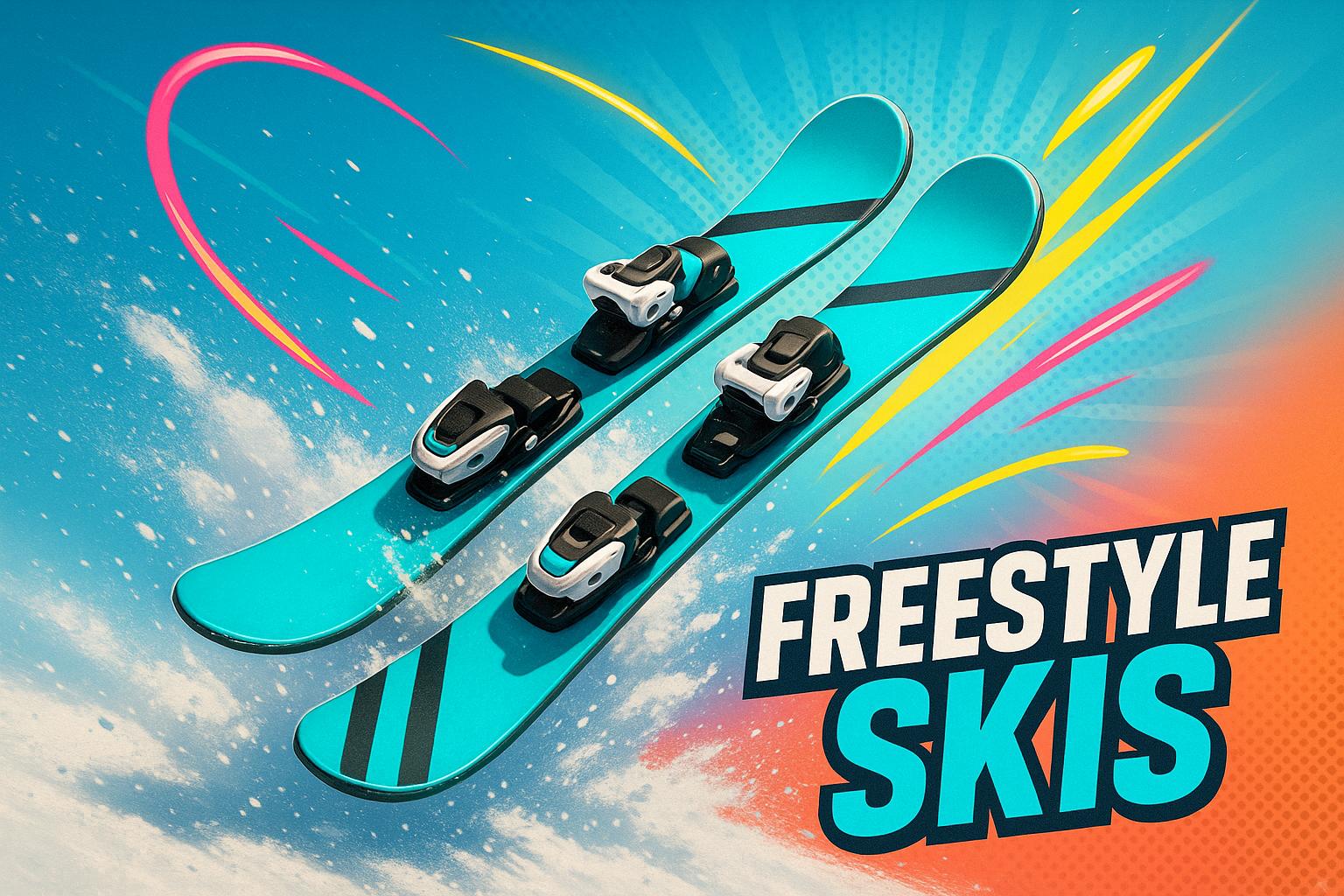
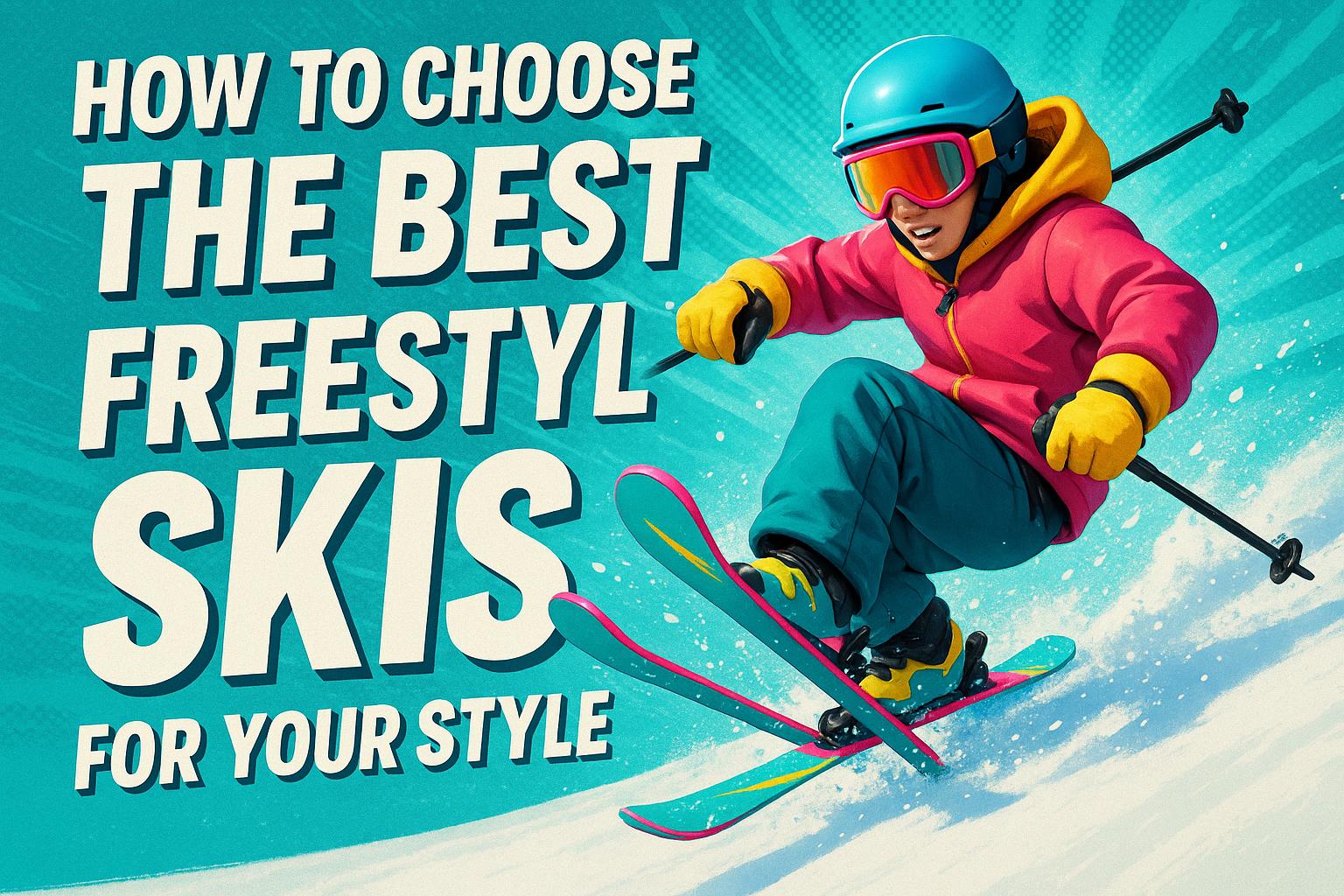

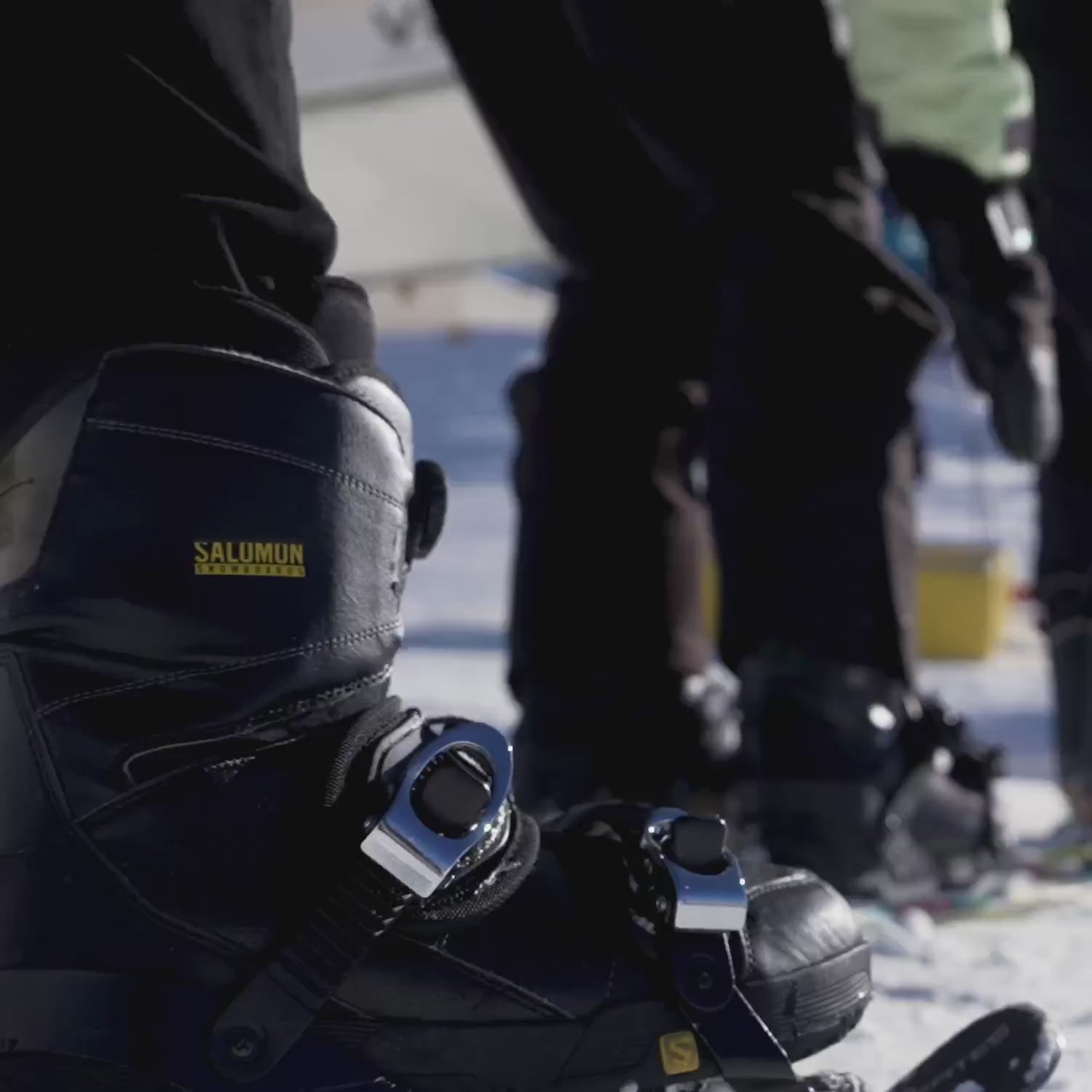

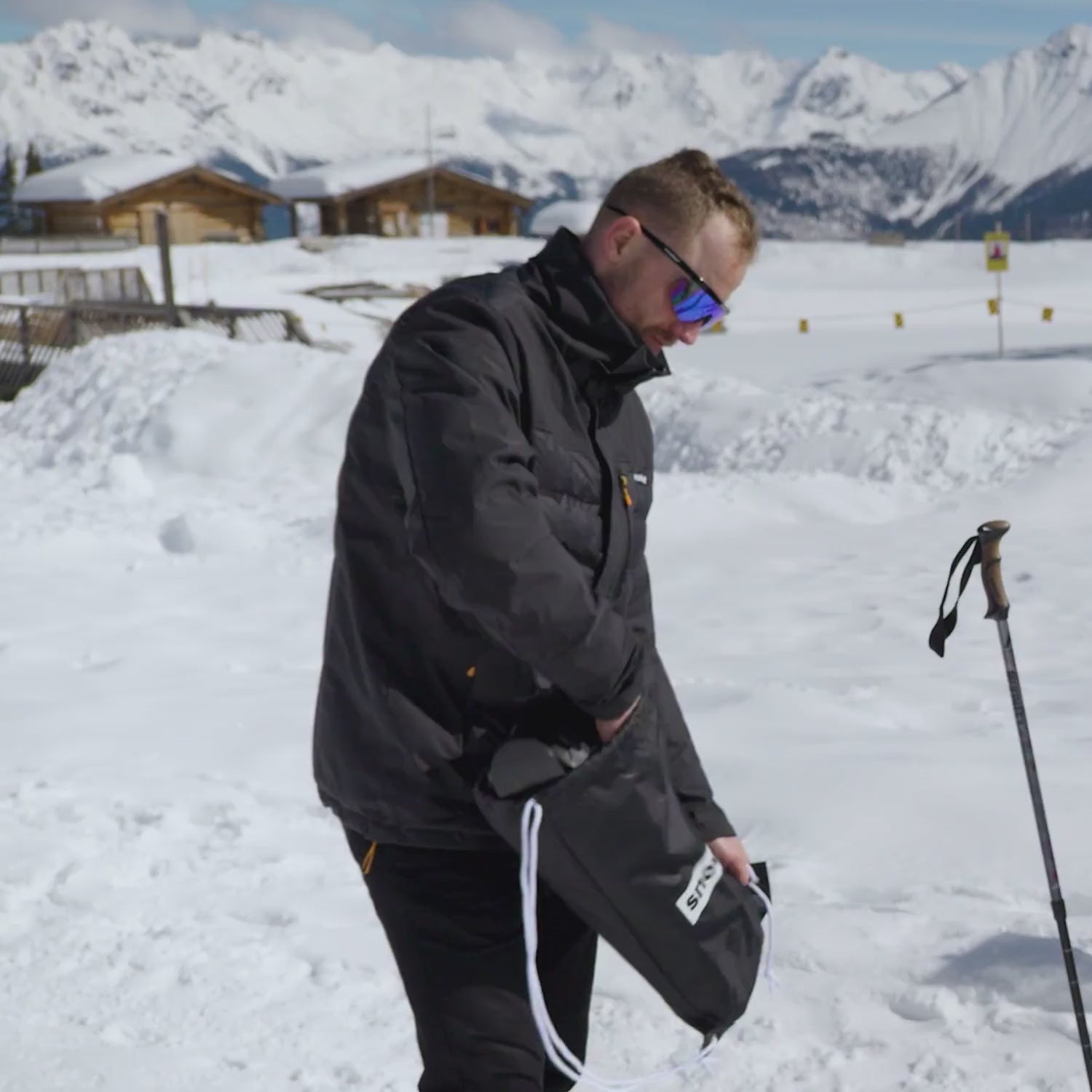
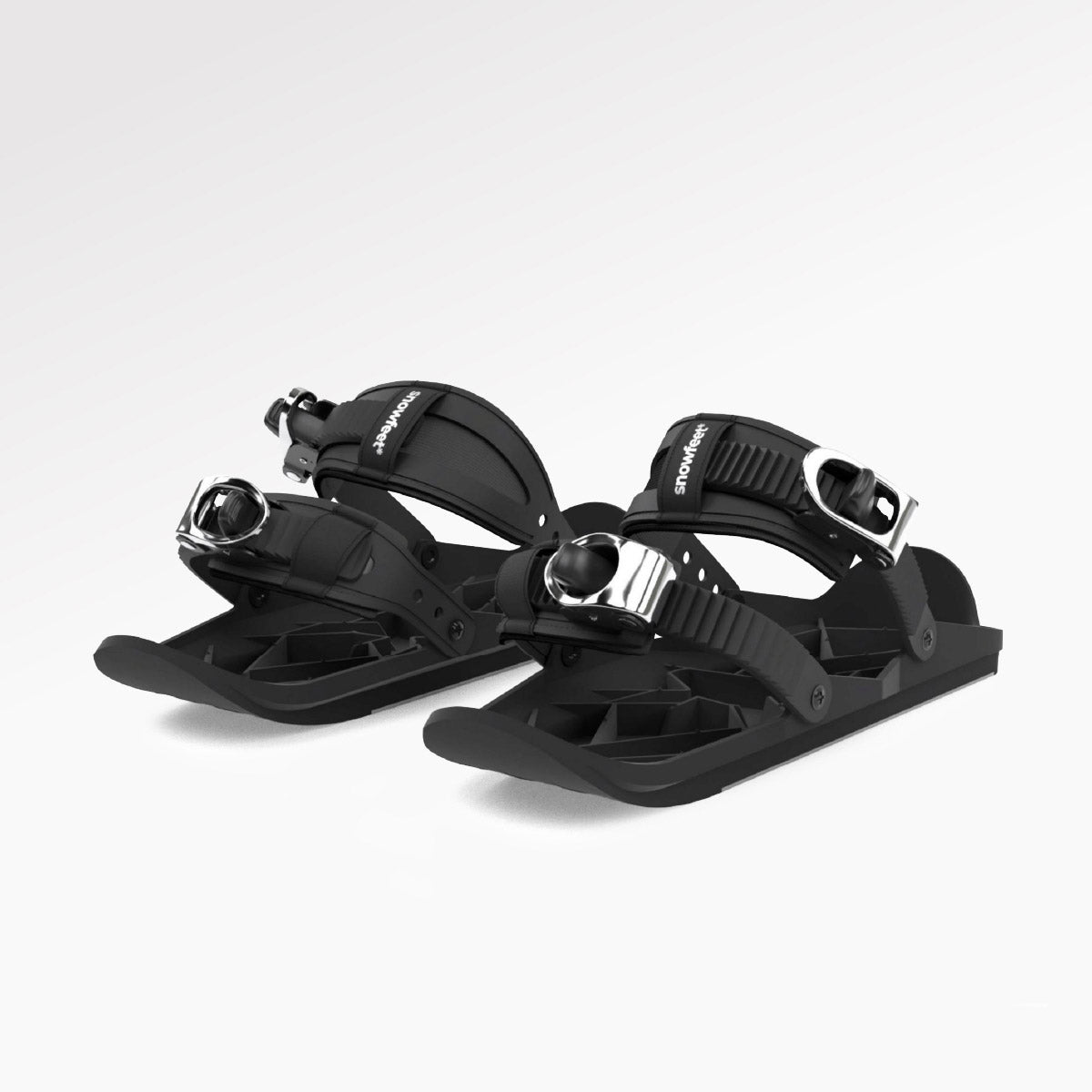
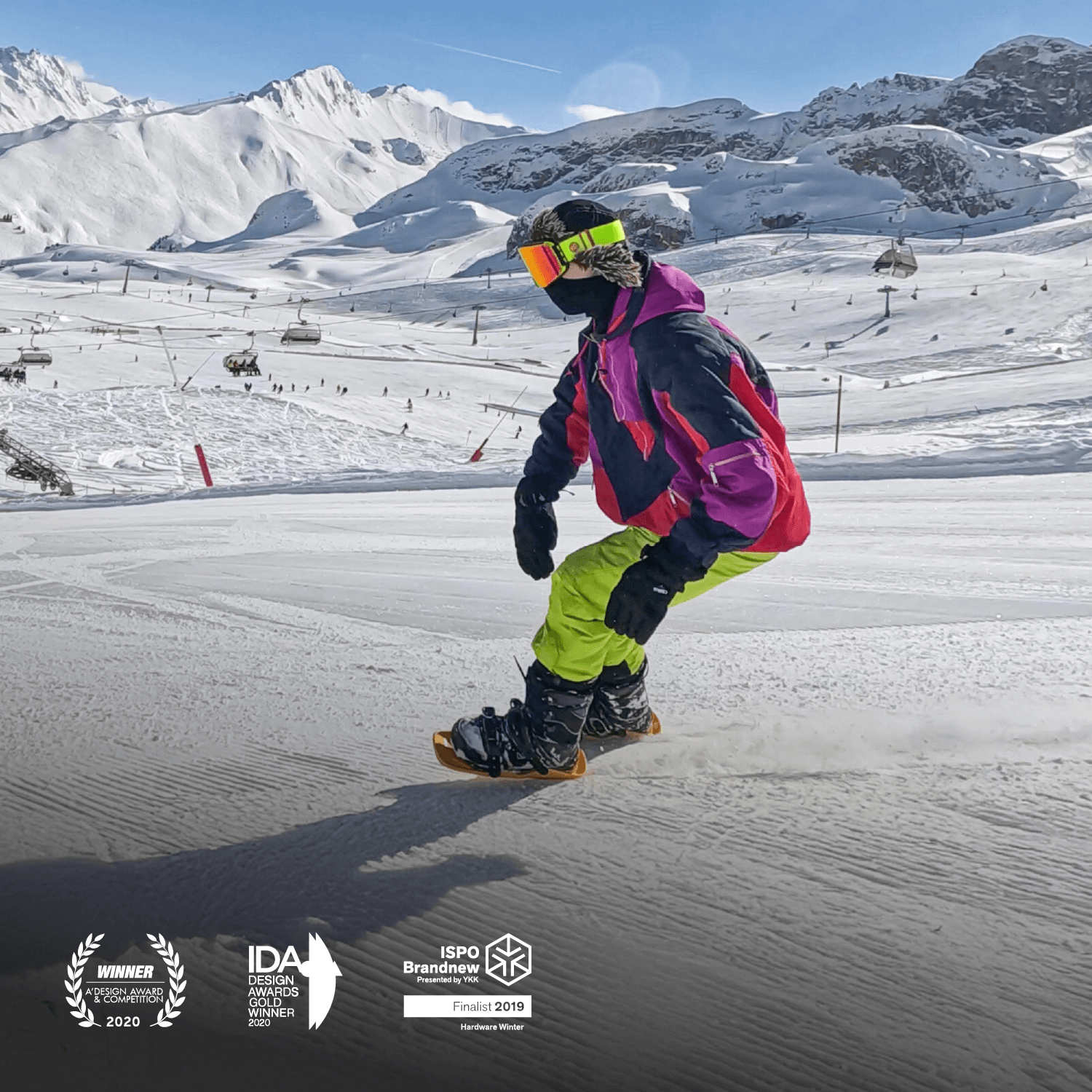
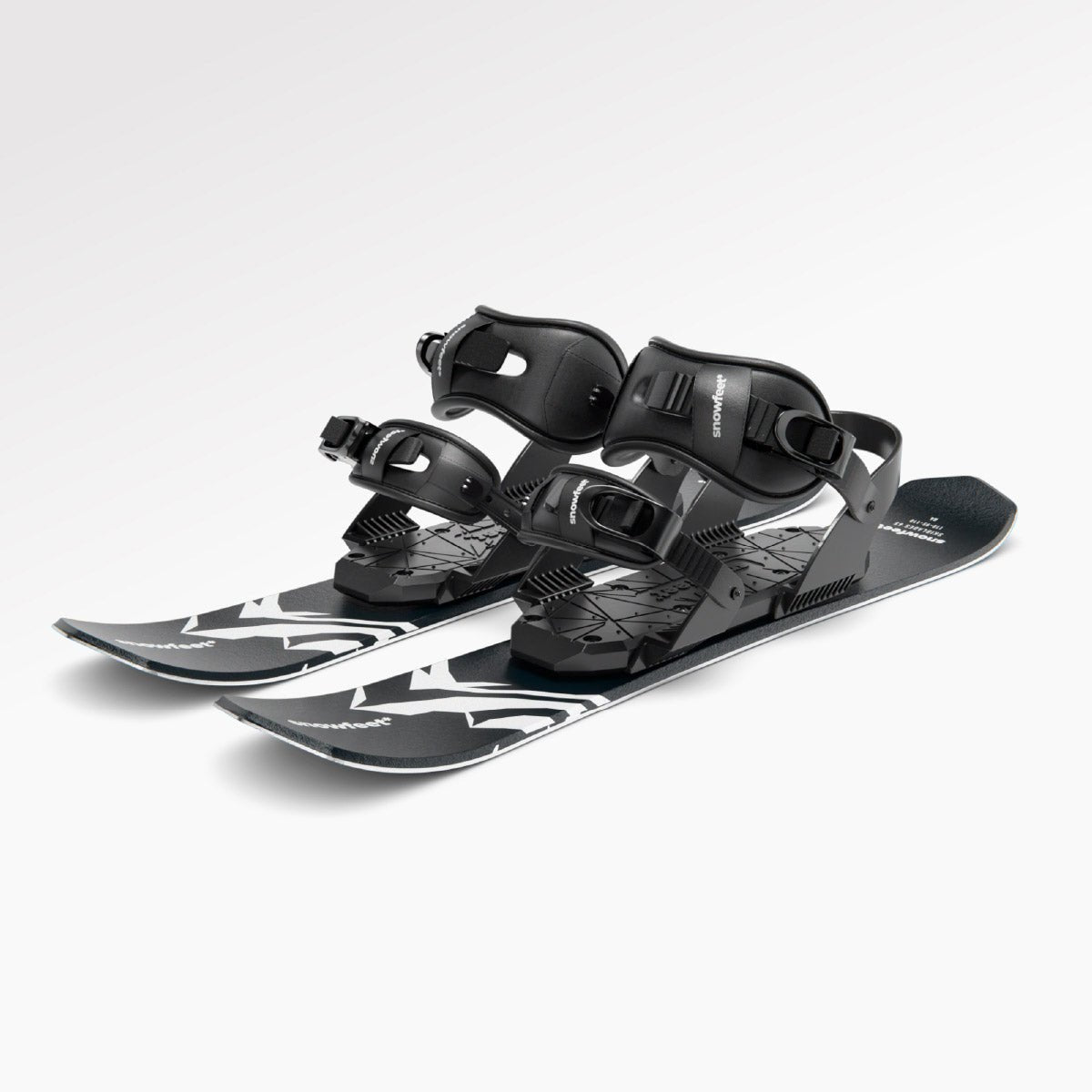
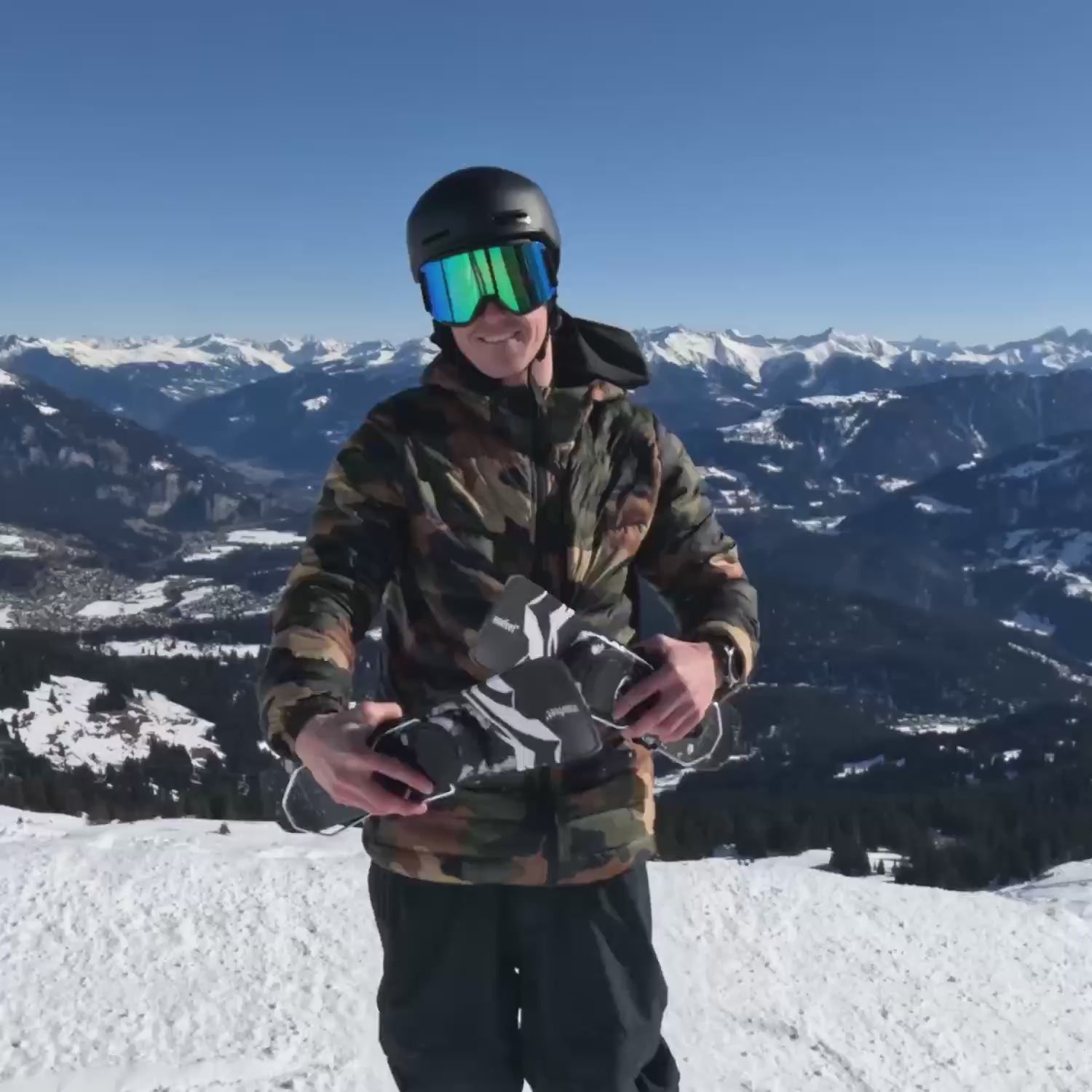
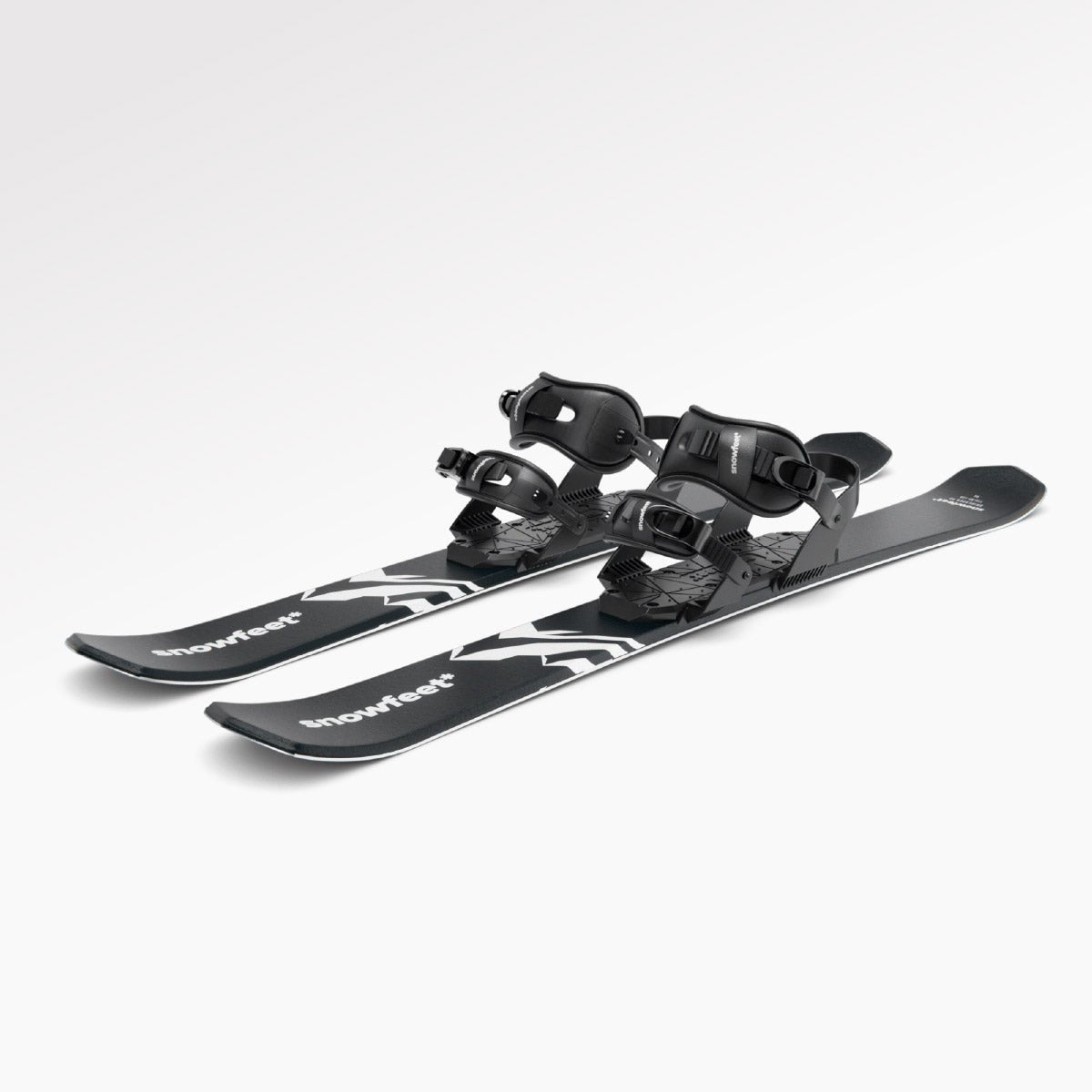
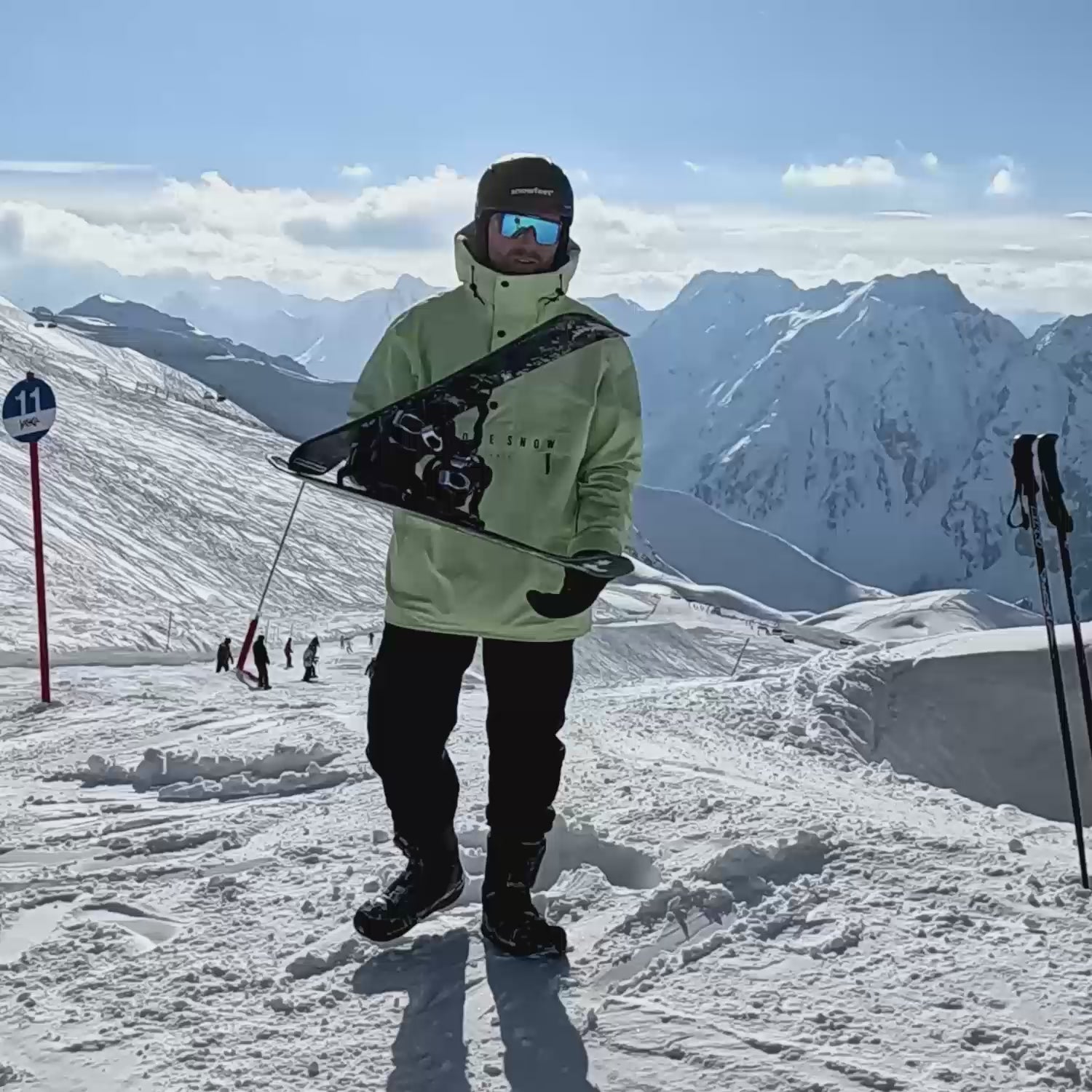
コメントを残す
このサイトはhCaptchaによって保護されており、hCaptchaプライバシーポリシーおよび利用規約が適用されます。